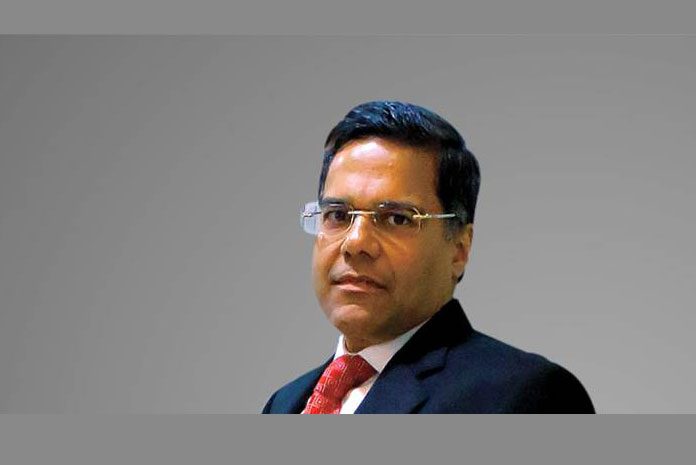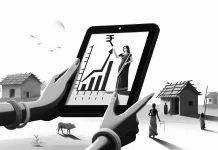The Fourth Industrial Revolution has the attention of the banking and financial services (BFS) space. The race to fuse the physical, digital and biological worlds has sent investments in fintech soaring from $38.1 billion in 2017 to $57.9 billion in just the first half of 2018 (across 875 deals). Millennial technologies – Artificial Intelligence (AI), Blockchain, APIs, Cognitive Process Automation (CPA), Machine Learning, Data Sciences, Automation, Internet of Things (IoT), Biometrics, Natural Language Processing (NLP) and Augmented Reality (AR) – have infiltrated the lexicon of CEOs who are at the forefront of this change. The change is so sharp that a recent study of financial services CEO's put ‘Speed of technological change' among the Top 5 concerns (73%). Clearly, before we know it, the conservative world of dark grey suits and white shirts will be rolling up its sleeves in a bid to use these exciting technologies to make their services more Carrefour than Canali.
The change is already underway. According to one analyst evaluating the digital capabilities of banking and financial services organizations, more than 60% had already invested in exploring cognitive and AI-driven technologies. We think that application modernization in the payments and regtech spaces will see the initial makeovers, followed by credit, loans, mortgages, consumer finance, insurance, remittances, private banking/wealth management, capital market services and trading of financial securities. Overall, the focus will be on elevating customer experience to the same levels that leading technology-driven organizations such as Apple, Amazon, Uber and Airbnb have set. These technologies will then be deployed to re-engineer employee experience and talent training. In other words, customer and user experience will be the major differentiators.
For the observant, a similar trend is awash in the automotive sector where new players like Autotrader, Carvana and Autobytel have arrived with their slick technology platforms and are all over media with their ads. They sell cars but the emphasis is on delivering a new online buying experience with the kind of transparency and convenient that millennials crave. They are putting power back into the hands of the buyer. In the space of a few years the new players have wedged themselves between large automobile manufacturers and traditional dealerships, causing widespread disruption. It is the customer experience that they deliver that is the differentiator and is driving unprecedented change.
Technology providers have been sensing these trends for some time now. They have been shoring up their capabilities around application modernization, API related services and product functionality enhancements by ploughing in more investments and talent. As an example, at HCL we placed early emphasis on a partnership with IBM Watson to leverage automation, AI and CPA to develop retail banking solutions and core banking solution.
Our experience of working with some of the leading BFS organizations shows that traditional players are shedding their conservative approach to business. They are boldly striving to reposition themselves as technology platforms with a banking license—and they are moving towards their new goals with a sense of urgency. Many of them, having gained from the benefits of Mode 1 services (these include Application Development and Management, Infrastructure, BPO, Engineering and R&D services) are now confident of being able to leverage next generation Mode 2 services (these include Digital and Analytics, IoT, Cloud, Cybersecurity and Governance, Risk and Compliance services). BSF organizations using Mode 2 services are clearly focused on stepping up their game around new business models. Clearly, they want to realize immediate high-growth opportunities.
It is Mode 3 (this includes next generation IP-based products and platforms such as DRYiCE and external partnerships) that is of interest to BFS organizations that are keen on looking beyond the horizon and want to future proof their business. It is evident that the networks and ecosystems these organizations are putting in place will create new value chains as the world heads towards Globalization 4.0. These organizations are renewing their processes in the belief that putting power back into the hands of their customers makes astute business sense. They will be able to adopt new technologies at speed and scale. They will unleash major disruption. And they will be the ones shaping the future of financial systems.
The author is President and Global Head – Financial Services, HCL Technologies






